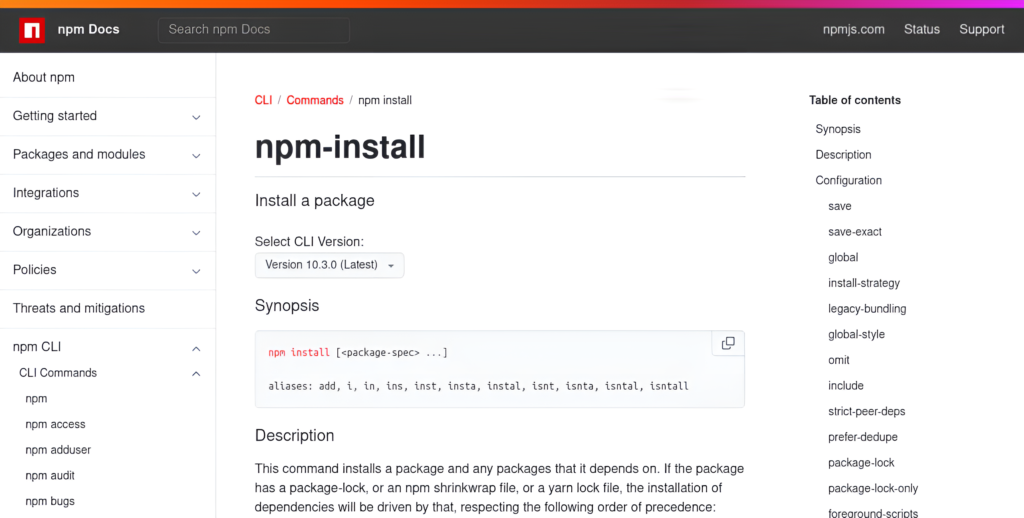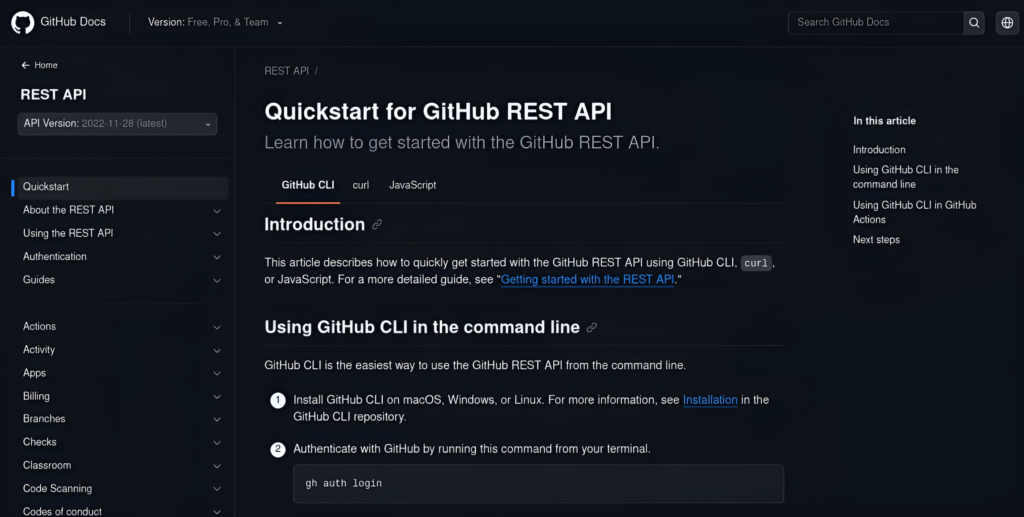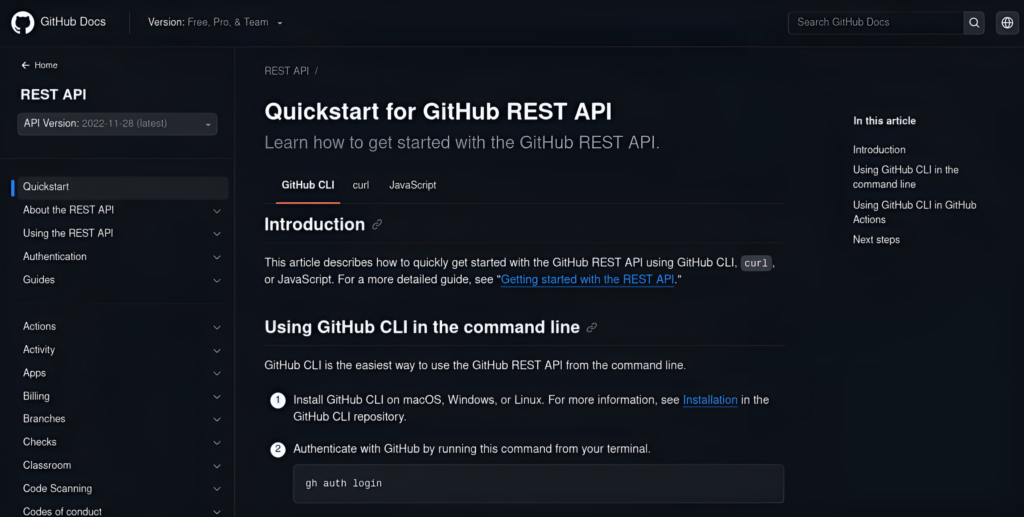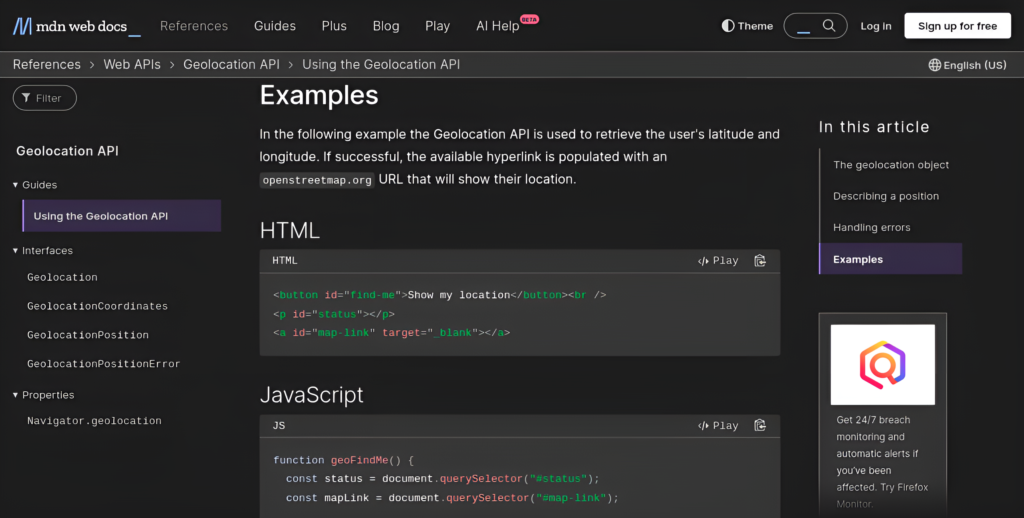
In the world of software development, the importance of good documentation cannot be overstated. Developers depend on it to troubleshoot problems, learn how to use new tools, and understand the inner workings of software libraries or APIs. But let’s face it—many technical docs can feel like a chore to read. Whether it’s an overly complicated explanation, poor organization, or outdated information, bad documentation often makes developers cringe.
However, well-written documentation can be a developer’s best friend. So, how do you craft documentation that developers love? In this post, we’ll cover best practices for creating technical documentation that is not only functional but also engaging, easy to navigate, and—most importantly—useful.
Why Developers Hate Bad Docs (And How to Fix It)
First, let’s take a look at why many developers have a negative view of tech documentation. Common complaints include:
- Outdated or incomplete information: Docs that haven’t been updated in a while or are missing key details can cause frustration and lead to wasted time.
- Unclear instructions or jargon: If documentation is overly complex, filled with jargon, or assumes too much prior knowledge, developers may struggle to understand it.
- Lack of examples or context: Documentation that doesn’t show real-world use cases or code examples can leave developers guessing about how to implement solutions.
- Hard-to-navigate structure: Docs that aren’t organized logically or don’t have a clear navigation structure can make it difficult to find the relevant information quickly.
Documentation Best Practices for Developer Tools
Creating effective documentation starts with following standard best practices for communicating information:
- Write clearly and concisely, avoiding ambiguous terms and jargon.
- Adopt or create a style guide to ensure a consistent tone applies across your documentation.
- Ensure your docs entry point is easy to find, such as a link from your website or README file.
- Review your docs and replace any outdated information regularly. (If there’s anything more frustrating to developers than missing docs, it’s docs that prove to be incorrect.)
Beyond these principles of documentation, here are four key features to focus on when you’re writing for developers.

1. Prioritize Clarity Over Completeness
While you might be tempted to include every minute detail about how a function works or the internal architecture of your project, developers typically don’t need every piece of information. What they want is clarity: a simple, straightforward explanation that answers their question quickly and accurately.
Why Clarity Matters
Developers are busy. They don’t have time to sift through pages of text to find the one line of code they need. Instead, they want documentation that quickly gets to the point, explains only what’s necessary, and offers practical examples.
Best Practices for Clarity:
- Be concise: Use short, clear sentences. Avoid jargon and unnecessary technical terms.
- Focus on specific use cases: Instead of describing all features of a tool or library, prioritize common use cases. Show the developer how to get the job done with minimal setup.
- Provide simple examples: Code samples are often more valuable than lengthy descriptions. Provide small, self-contained examples that are easy to copy and adapt.
Example:
Instead of a lengthy explanation like:
“This function allows you to retrieve the data based on a variety of parameters. You can pass in a user ID, a date range, or both to filter your results. The function handles all the necessary validation to ensure the parameters are correct and returns an array of results.”
A concise, clear explanation with an example would be more helpful:
pythonCopy code# Retrieve data for a specific user within a date range
data = get_data(user_id=123, start_date="2024-01-01", end_date="2024-01-31")
This lets developers understand exactly how to use the function without needing to read a lot of extraneous information.
2. Organize Content for Easy Navigation
Developers don’t just need information—they need to find it quickly. A disorganized documentation site can frustrate users and lead to wasted time.
Why Structure Is Key
When dealing with large, complex systems or APIs, developers want a logical flow of information. Clear, consistent organization helps them find what they need in the shortest time possible.
Best Practices for Organizing Docs:
- Logical headings and subheadings: Break content into sections, each with a descriptive heading. For example, “Installation”, “Configuration”, “Troubleshooting”, “API Reference”, etc.
- Table of contents (TOC): A TOC, especially for long documents, is invaluable. It allows developers to jump to the section that’s relevant to them without having to scroll through the entire page.
- Search functionality: If possible, add a search feature to your documentation site. Many WordPress documentation plugins include this by default.
- Navigation menus: If your documentation covers multiple topics or areas (e.g., API, setup guides, FAQ), include a sidebar or top navigation bar with links to major sections.
Example:
Here’s an example of how to structure a basic API reference:
- Overview
- Authentication
- OAuth
- API Keys
- Endpoints
GET /usersPOST /data
- Rate Limiting
- Error Handling
- Code Samples
This structure clearly guides the reader through the most important aspects of the API, ensuring they can easily locate the section that applies to their specific needs.
3. Provide Code Examples and Use Syntax Highlighting
Developers love code examples. Code is how they interact with the software, so seeing working examples directly in the documentation helps them understand the usage quickly.
Why Code Examples Are Essential
Code snippets give developers something tangible to work with. They can copy and paste the code, modify it for their needs, and move on with their task. The more relevant and simple these examples are, the more useful the documentation becomes.
Best Practices for Code Examples:
- Keep examples short and functional: A 10-line code snippet that works out of the box is more valuable than a 200-line example with too many moving parts.
- Use syntax highlighting: Syntax highlighting improves readability and makes it easier to spot errors in the code.
- Use real-world examples: Where possible, demonstrate the code in a realistic scenario that developers might encounter.
Example:
javascriptCopy code// Fetch user data from the API
fetch('https://api.example.com/users/1')
.then(response => response.json())
.then(data => console.log(data));
The use of syntax highlighting makes the code more readable, and the example is clear and simple.
4. Keep Documentation Up to Date
Outdated documentation is one of the quickest ways to frustrate developers. If the docs don’t match the current version of your software, it’s likely that developers will waste time trying to make something work that has already changed.
Why Up-to-Date Docs Are Crucial
When developers rely on documentation to complete a task, they expect the information to be accurate and current. Outdated docs are a recipe for confusion and frustration. A lack of updates can also make your project seem abandoned or poorly maintained.
Best Practices for Keeping Docs Current:
- Version control: If your project has multiple versions, ensure each version has its corresponding documentation.
- Changelog: Keep a detailed changelog for both your code and your documentation. This lets users know when important updates have been made.
- Regular updates: Set a schedule for reviewing and updating documentation, especially after new releases or significant code changes.
5. Make It Interactive: Embed Visuals and Diagrams
Sometimes, words aren’t enough. Diagrams, flowcharts, and even videos can help clarify complex ideas or workflows.
Why Visuals Help
Visuals make it easier to understand complex processes. Diagrams and flowcharts provide a high-level overview of how things fit together, which can often be more valuable than a lengthy text explanation.
Best Practices for Using Visuals:
- Flowcharts: Use flowcharts to explain data flow or decision-making processes.
- Diagrams: Architectural diagrams can show how different components of the software communicate or interact.
- Screenshots: If your software has a user interface, include screenshots that guide users through common tasks.
- Video tutorials: Short, concise videos can help explain difficult concepts or walkthroughs.
Example:
For a complex API, a diagram showing how requests move through the system—such as a client making a request to a server and how different services handle that request—could be extremely helpful.
6. Make Navigation Easy and Fast
Long-form documentation can overwhelm developers, especially when they’re just trying to fix a bug or implement a feature quickly.
Why Navigation Matters
When developers need information, they don’t have the time to scroll endlessly through long blocks of text. Clear, effective navigation helps them jump straight to the information they need.
Best Practices for Navigation:
- Breadcrumbs: Breadcrumbs help users track where they are within the documentation. This is especially useful on multi-page documentation sites.
- Search bar: Make sure there’s an easily accessible search bar. Developers often know exactly what they’re looking for and want to find it quickly.
- Internal links: Include links to related sections of the documentation. For example, if a user is reading about a function, provide a link to the relevant section of the API reference.
7. Encourage Developer Feedback and Contributions
The best way to improve your documentation is to ask your users (the developers) for feedback. They can point out missing details, unclear instructions, or incorrect code examples.
Why Feedback Is Important
When developers actively engage with your documentation, they help you identify gaps and potential improvements. Plus, if they’re using your docs, they’re probably already invested in your project.
Best Practices for Collecting Feedback:
- Feedback forms: Provide an easy way for developers to submit feedback, such as a simple form or link to a GitHub issue tracker.
- Contributions: Allow users to contribute to the docs themselves by submitting pull requests. This encourages community involvement and helps keep your documentation fresh.
- Respond to feedback: Act on feedback as quickly as possible, especially for common issues or errors.
8.Go In-Depth into Features and Use Cases
Your documentation should be a comprehensive, one-stop place to find any answers that developers require. It’s important to provide in-depth details about all the features provided by your tool in addition to the ways in which they can be used.
Beyond a description of the what and how of your tool, your docs should also clearly explain the why. Detailing your target use cases with the ways in which your tool achieves them and the reasons behind any opinionated behavior enables devs and buyers to easily understand the problems you’re trying to solve.
The exact content to cover depends on the type of tool you’re creating. APIs need a breakdown of every endpoint, the parameters they accept, and the responses they issue, for example, while CLI apps should include a reference for each supported command with its options and how they can be combined.
Such detailed reference material ensures developers can easily discover available functions and learn how to use them. The npm documentation provides clear instructions for every command, for example, offering a clear technical synopsis, a description of the command’s use case, and a list of supported configuration parameters:

Create High-Level Summaries to Help Devs Familiarize Themselves with Your Tool
Technical depth mustn’t replace high-level guides and overviews, however. Introductory tutorials that are relatively light on detail but walk users through common workflows in simple steps should also be provided. In particular, create concise installation or setup guides for all supported platforms and environments to ensure that first encounters with your tool are frictionless.
This kind of content lowers the learning curve for first-time users who aren’t yet ready to head deep into your reference material. The GitHub REST API showcases how both these content types can be presented—the top of the sidebar is dedicated to quick-start guides and explanations of key concepts, while the bottom section provides a feature-by-feature index of each API capability:

Use Examples to Support Understanding
Who doesn’t love a good example? Examples can make concepts and features much easier for devs to understand, especially around areas that are unique to your tool. Even comparatively simple functions should include examples as this provides extra clarity to developers and prevents uncomfortable doubts from arising.
Examples should be easy to find, ready to run, and approachable for those who’ve never experienced your tool before. Incomplete examples can create more confusion than they solve as developers might not yet have enough background knowledge to be able to fill in the gaps.
You should include examples in line with your quick-start guides and technical reference information to help contextualize what you’re describing. It’s also useful to prepare a cheat sheet of examples for your tool’s most commonly used operations. Command line HTTP client HTTPie does a good job of succinctly illustrating how to achieve key use cases, for instance:

Where possible, try to favor the use of interactive examples that are embedded into your content. These allow devs to observe features in action without leaving the docs, creating a more intuitive and satisfying experience. The web platform documentation on MDN illustrates this pattern: examples are clearly signposted in the content, including interactive Play buttons that open the code in a live playground environment:
